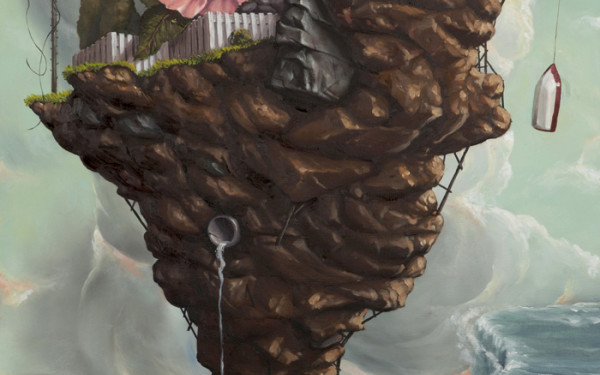Livart Gallery’s ‘Soft House’ invites visitors into the peaceful realm of textile art
Artwork that pleases the eye, warms the body, and absorbs emotion
Soft House exhibit showcases textile creations from ten artists. Each piece is a portal into peaceful home life.
Since Sept. 2, Livart Gallery has hosted Soft House, but the gallery will soon roll-up its quilts and blankets to make room for a new exhibit.
The gallery’s small rooms display rugs, throws, quilts, bras, and a plush chair—reimaginations of typical household items. The corridor that runs through the rooms spills into a large hall, where tapestries hang from the ceiling. Each tapestry features intricate designs in earthy tones.
Curator of Soft House, Alice Ricciardi, thinks we are all connected to fabric.
"I associate them with domesticity and heritage. We all have personal connections to textiles and every culture expresses themselves with fabric. It’s universal,” she said.
These delicately woven and sedulously stitched patterns cast calmness and orderliness over the gallery. They emanate comfort, love, warmth, and security. They also hold themes of family and quiet nights at home.
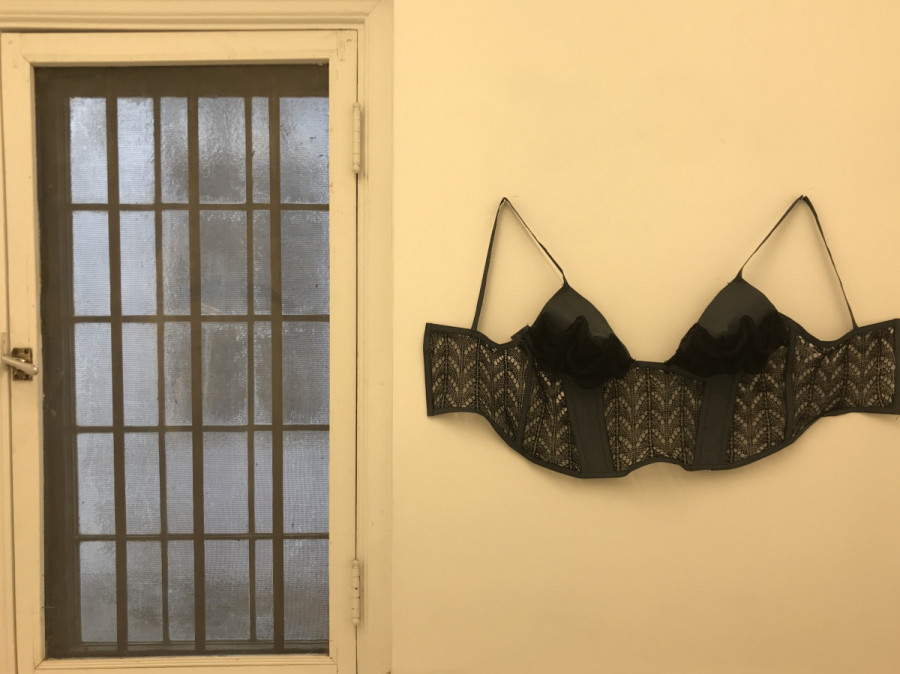
Co-founder of Livart Cindy Tessier-Trudeau is most interested in the historic aspect of sewing and weaving. "These are very old practices," said Tessier-Trudeau. “[It] brings me close to a whole history of textiles. It's beautiful to think about."
Soft House was inspired by the pandemic, where lockdowns and social distancing guidelines kept Ricciardi indoors. During this time, she realized that blankets, rugs, and pillows turn her living space into a home. More than this, soft textiles bring solace during a stressful time.
"We spent so much time at home during these past few months," Ricciardi said. “The pandemic forced most of us to make our homes comfortable [it also pushed us to] live slower lives.”
According to market and research company NPD Group, Canadians bought more loungewear in 2020 compared to 2019. People ditched constricting suits and pencil skirts for loose pants and fleece sweaters. They gravitated to soft materials in an attempt to find comfort amidst the pandemic.
This trend correlates with a shifting artistic interest in textiles.
“A lot of people started to knit and quilt a lot more during the pandemic. They found happiness in artisanal crafts," said Ricciardi.
“We all have personal connections to textiles and every culture expresses themselves with fabric. It’s universal.” — Alice Ricciardi
To create textile pieces, artists commit to slow, tedious, and isolated work—a metaphor for life during lockdowns.
“These reflections motivated my interest in this project,” said Ricciardi.
Even the planning of the exhibit was slow and tedious.
“We had to delay the exhibit’s opening because of COVID-19. But it gave us time to really digest ideas before inviting the public,” said Tessier-Trudeau.
After the hall of tapestries, there is a final room, where a vibrant tent sits in the middle of the floor. In the same room, a life-jacket hangs from the ceiling, and a folding chair is placed next to the fireplace.
Read more: Are NFTs turning a new leaf for the art community?
Read more: Weekly Fringe: Feast your eyes and ears on the abundance of entertainment options this week
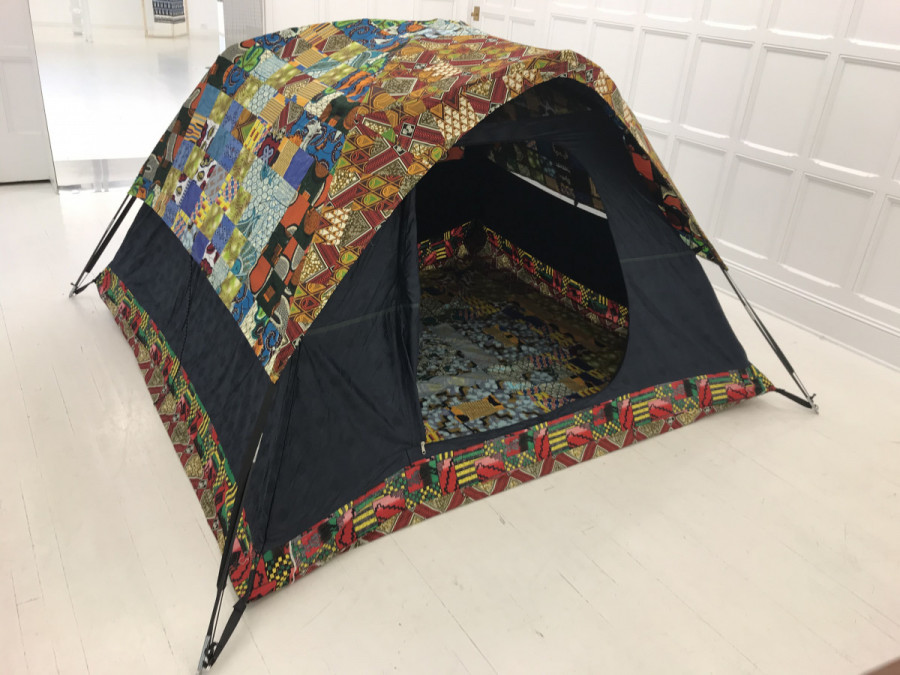
Colas Eko made these pieces to express his ethnicity and cultural bonds.
“Before this project, I found myself asking: What does it mean to be African? What does it mean to be Canadian? And what does it mean to be both?” he said.
Through his artistic process, Eko tries to find an answer to those questions.
He was inspired to make a tent because he enjoys camping, an activity Eko ties to his Canadian identity. He created the gear by sewing together African textiles that express his connection to the continent.
“My whole practice is about how I experience the world,” he said. “Camping is who I am. Every weekend, you’ll find me in the countryside.”
Like camping gear, Eko can pack up his identity and bring it wherever he wants. On the weekend, he sets up camp in some corner of the woods, and on weekdays, he lives in Montreal. Regardless of where he is, the artist stays the same. Even if no one understands his identity, he has a home within himself.
“I wanted to show that I can feel at home wherever I place my tent.”
After Oct. 10, the final day of Soft House, Eko plans to make his own installation. He wants to expand his collection of Canadian-African camping equipment to express all the components of his identity.

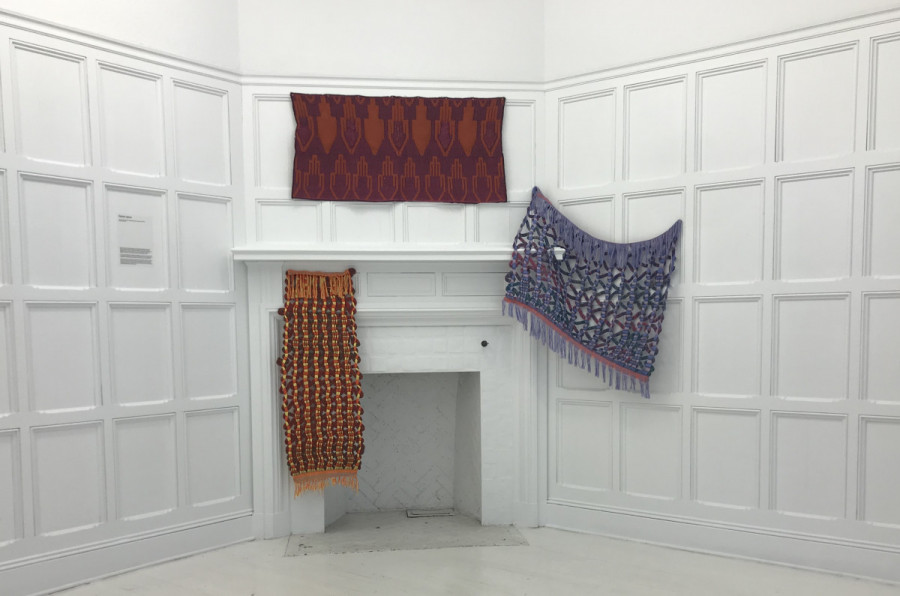
_600_832_s.png)

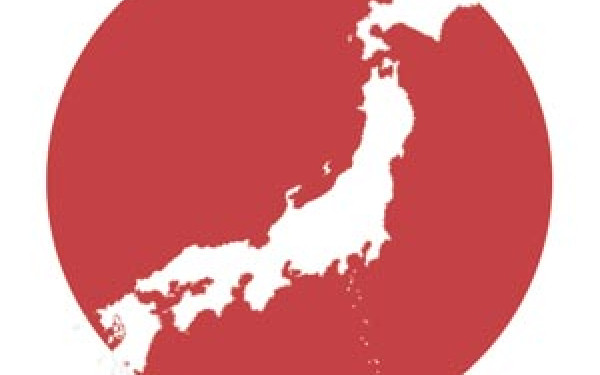
_600_375_90_s_c1.jpg)
